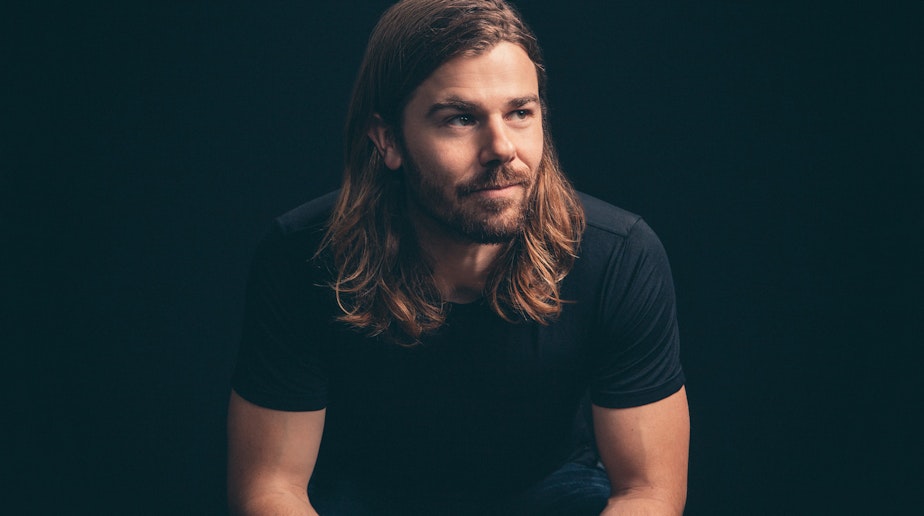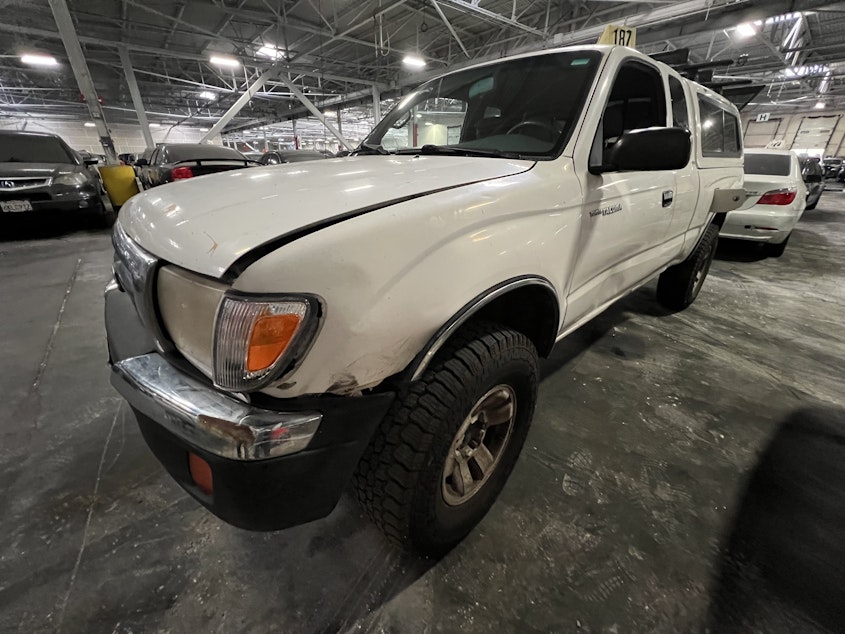The dual narrative around Dan Price: Today So Far

- We're slated for a third La Niña winter in a row. That's rare. But what could it mean for the Northwest?
- Dan Price is known as a CEO saint in the headlines and on social media. But those closer to him have varying perceptions.
This post originally appeared in KUOW's Today So Far newsletter for August 23, 2022.
Three La Niña winters in a row?! That's rare, and it's what we are facing heading into the winter ahead.
“It is unusual,” assistant state climatologist Karin Bumbaco told KUOW, further noting that state weather records only go back 73 years. “This has only happened two other times in that 73 record. The winter of 2000-2001 was a third La Niña, that was a triple-dip La Niña event. The other one was the 1975-1976 winter.”
The Northwest is currently in a La Niña pattern that is expected to continue through December, January, February (aka "winter"). It means Washington state can expect colder-than-average temps during that time — probably about 1 degree or 1.5 degrees lower, according to Bumbaco.
Just so you know, this does not mean snow ... but it could also mean snow. La Niña makes it colder, but it doesn't guarantee precipitation. At this point, there are equal chances of snow or no snow this winter. Best to just be prepared ahead of time.
Take those two other triple back-to-back La Niñas that Bumbaco mentioned above. In 2001, we had an extremely dry winter with low snow pack; the region entered a drought after that. In 1976, it was wetter than normal and we entered spring with above average snow.
Sponsored
However the coming winter plays out, Bumbaco tells KUOW that she does not expect an anomalous season like the extended cold spring we just had, which was about three degrees colder than normal.
In case you're curious, in the more near-term, the Climate Prediction Center expects above normal temps over the next three weeks. September looks fairly normal with chances of above average precipitation for the Olympic Peninsula and north Puget Sound. Hear all of Bumbaco's climate and weather insights here.
Maybe you know Dan Price because he’s the CEO who took a pay cut to give his employees higher salaries so they can live in a city like Seattle. Maybe you know him because of the recent allegations of abuse and assault. Or maybe you just know him as that guy who looks a lot like that painting of Jesus that was on your grandparent’s wall … just me?
Price has built a bit of an online persona. For lack of a better term, he feels like an “influencer,” promoting that CEOs be compassionate and look out for their employees — such as pay them decently. He initially made headlines when he established a $70,000 minimum wage at his Seattle-based company Gravity Payments. New York Times technology correspondent Karen Weise has been skeptical of Price’s persona for a while now, and tells KUOW’s Seattle Now that there is more of a dual narrative going on, depending on who you ask.
“There is a lot that they say is true,” Weise said. “That they do have this minimum wage, I believe it’s now $80,000 a year. People talk about feeling empowered at the individual level, they are not micromanaged, they talk about having great colleagues, a mission to help small businesses.”
Sponsored
There are, however, about two dozen people who Weise also spoke with who are closer to the CEO.
“He, himself, as a boss, creates a pretty toxic environment,” Weise said. “He belittles, he’s threatening. One woman got a doctor’s note saying that she should leave for her own mental health given the toxic environment. These are people who were in senior positions, people who worked there a long time who experienced this.”
“There is an environment that is practicing what he preaches in the office, and he’s very proud of that, but there is also a component directly related to him that is not the model boss that he is made out to be.”
Price recently stepped down as CEO of Gravity Payments while he faces allegations of assault and sexual misconduct. He calls these allegations "false accusations." Check out more of Weise's takeaways after reporting on Price on today's episode of Seattle Now.
AS SEEN ON KUOW
Sponsored

Paul Kikuchi next to the Califone in the Panama Hotel Tea Room. The vintage Califone record player allows sound artist Paul Kikuchi to access and share songs that he inherited from his great-grandfather and other 78rpm records that were left behind by Japanese Americans incarcerated during World War II. This is the focus of the latest episode of KUOW's "The Blue Suit." (Shin Yu Pai / KUOW)
DID YOU KNOW?
You will often hear of two climate situations: La Niña and El Niño. These basically mean "colder than average" and "warmer than average" weather patterns. These are not regular cycles, rather, it's just what we call warmer and colder seasons whenever they happen.
It all starts way out in the central Pacific Ocean. When climatologists talk about these two patterns and how much warmer or colder things are, they are usually referring to the water temperature of the ocean out there. Warmer or colder than average ocean temps have an influence on global weather patterns — intense storms, droughts, etc. in different corners of the planet. For the Pacific Northwest, it could be said that La Niña is associated with wetter conditions, though it should be said that this cannot really be predicted or relied upon. As Washington's assistant state climatologist Karin Bumbaco told KUOW, we've had very dry and very wet La Niñas in the Northwest.
Sponsored
The 2012 La Niña was one of the strongest on record. There was above average snow across the Midwest and West Coast. It was one of the wettest years on record for California and the Northwest. Around the same time, much of the southern USA and Mexico were in a drought. So basically, while we can expect root conditions to be colder, we can never say for sure how it will influence our corner of the globe until winter gets closer.
ALSO ON OUR MINDS

Someone stole my truck. I got a crash course on the wild black market for stolen cars
It's not the nice cars that are the most frequent targets of thieves. It's the clunkers. If you think about it, that's pretty messed up. It means that the people who can least afford to have their cars stolen are more likely to have their cars stolen.

